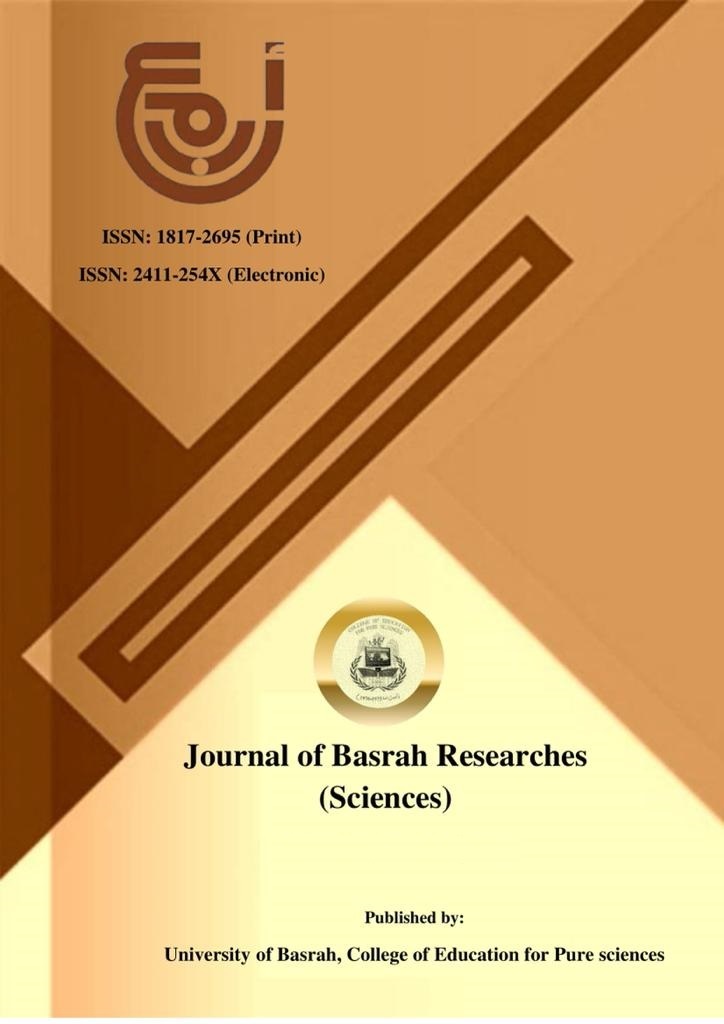Abstract
The structure of 70Ni nucleus is studied by using Particle-Vibration Coupling Model (PVCM), which
separates the nucleus into three systems, vibrating core and two interacting neutrons. The vibration of the
core is represented by single quadrupole phonon, and the two neutrons are assumed to occupy the state
1g9/2 and interacted by MSDI. A very well reproduction for the positive parity states of 70Ni is obtained by
applying the PVCM. The core polarization effect that includes particle-hole excitation from the proton
states of the core, to the states outside the model space with 2ℏω, is very necessary to reproduce the
reduced E2 transition probability
separates the nucleus into three systems, vibrating core and two interacting neutrons. The vibration of the
core is represented by single quadrupole phonon, and the two neutrons are assumed to occupy the state
1g9/2 and interacted by MSDI. A very well reproduction for the positive parity states of 70Ni is obtained by
applying the PVCM. The core polarization effect that includes particle-hole excitation from the proton
states of the core, to the states outside the model space with 2ℏω, is very necessary to reproduce the
reduced E2 transition probability
Keywords
70Ni Nucleus.
Core-Polarization Effect
Particle-Vibration Coupling Model
Abstract
The structure of 70Ni nucleus is studied by using Particle-Vibration Coupling Model (PVCM), which
separates the nucleus into three systems, vibrating core and two interacting neutrons. The vibration of the
core is represented by single quadrupole phonon, and the two neutrons are assumed to occupy the state
1g9/2 and interacted by MSDI. A very well reproduction for the positive parity states of 70Ni is obtained by
applying the PVCM. The core polarization effect that includes particle-hole excitation from the proton
states of the core, to the states outside the model space with 2ℏω, is very necessary to reproduce the
reduced E2 transition probability
separates the nucleus into three systems, vibrating core and two interacting neutrons. The vibration of the
core is represented by single quadrupole phonon, and the two neutrons are assumed to occupy the state
1g9/2 and interacted by MSDI. A very well reproduction for the positive parity states of 70Ni is obtained by
applying the PVCM. The core polarization effect that includes particle-hole excitation from the proton
states of the core, to the states outside the model space with 2ℏω, is very necessary to reproduce the
reduced E2 transition probability
Keywords
70Ni Nucleus.
Core-Polarization Effect
Particle-Vibration Coupling Model
